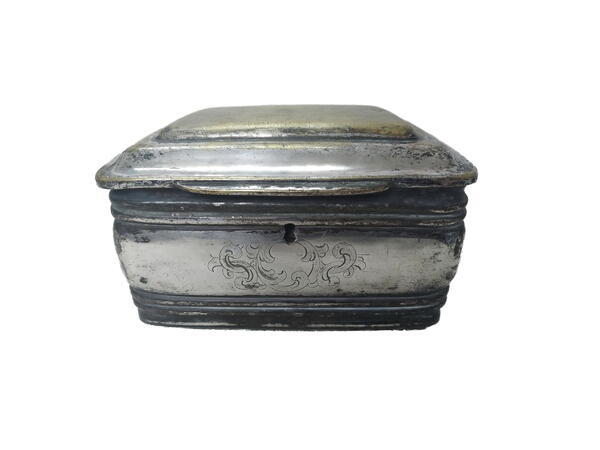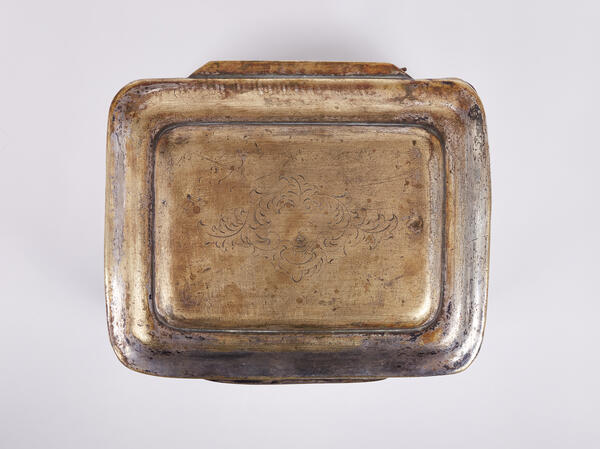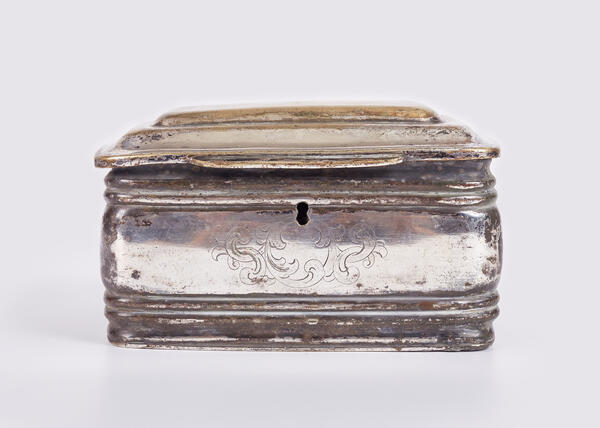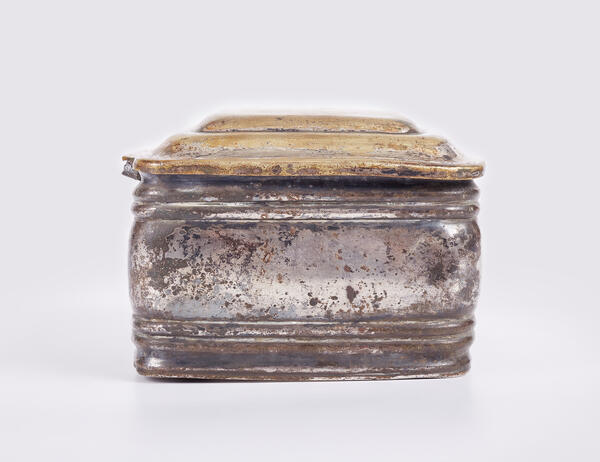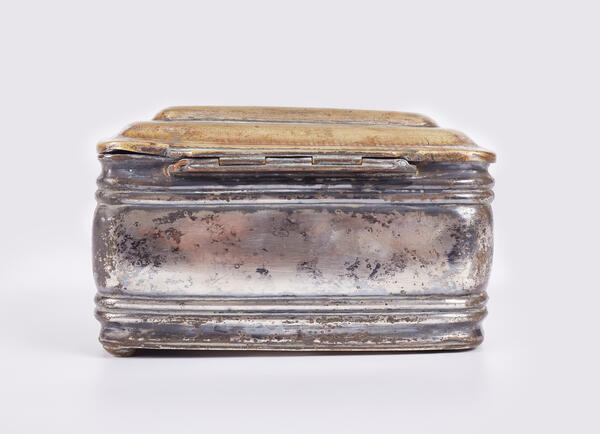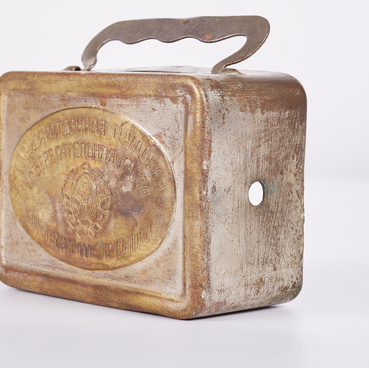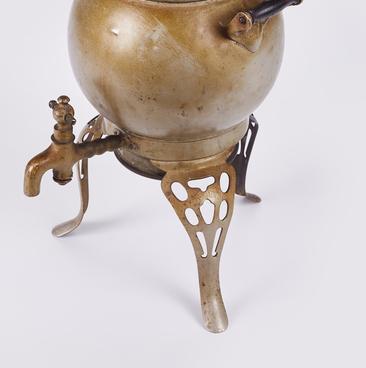The exhibition of the Zheleznodorozhny Local Lore Museum presents a sugar box produced by the Fraget company in the second half of the 19th century.
The products made by the Fraget company looked like silver, although in fact they were silver-plated copper, where the silver layer was approximately 20 microns. The silver-plating method used by the Fraget brothers went as follows: a thin silver sheet was soldered to the red-heated copper plate with subsequent rolling. Such products were called silver-plated or just “Fraget”, since the name of the company became synonymous with them.
The history of the company began in 1824, when two brothers Alphonse and Joseph Fraget, jewelers from France, arrived in Warsaw with the intention of establishing a company specializing in the production of inexpensive silver-plated products. They planned to produce cutlery, dishes, utensils, candlesticks and thuribles. At that time, there was a decree established by the Russian Tsar that newly created companies in the Kingdom of Poland were given subsidies and the opportunity to sell untaxed goods throughout the empire. In the early 1840s, the company received a new name — Joseph Fraget. It was headed by the younger brother Joseph, since the eldest had returned to France by that time. In 1847, Joseph, traveling around Europe, gained new knowledge on silver plating technologies. He studied galvanization, which is a good technology for allowing to use not only copper, but also brass, zinc, nickel and their alloys for silver-plating. After he returned from his trip, Joseph completely rebuilt the factory.
In 1867, after Joseph’s death, his son Julian became the new manager. And in 1896, the Fraget company received a gold medal at an exhibition in Nizhny Novgorod and permission to use the state emblem on its products. At that time, the sign of the double-headed eagle spoke of the high quality of the products.
The sugar bowl from the museum’s collection also
bears a mark, but without the double-headed eagle. Therefore, the estimated
time of production lies somewhere between 1840 and 1896.

